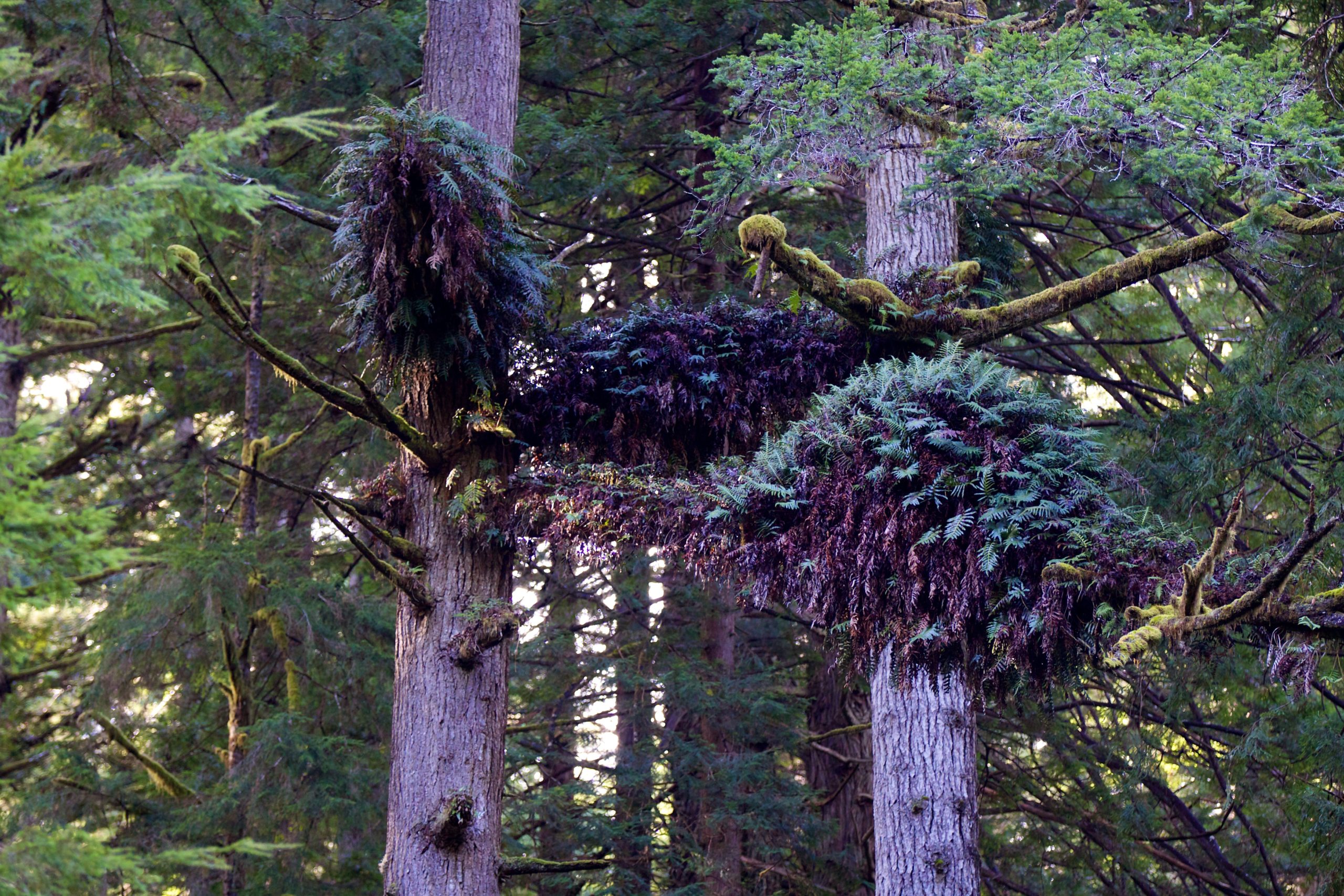
You already know that the coast redwood forest is a wondrous environment unlike any other on earth, but you may not know that in addition to the ecosystem on forest floor is a totally unique ecosystem high in the canopy with an entirely different collection of plants and animals.
There is a whole group of plants that live way up in the canopy of coast redwoods called epiphytes. And one of our favorites is the evergreen leather leaf fern (Polypodium scouleri). Leather leaf ferns disperse through the canopy by wind-borne spores and once established, grow extensive mats of succulent rhizomes and fibrous roots. These fern mats can absorb and retain a tremendous amount of water during the year, helping hold more than 5,000 gallons of water per acre in the canopy. Redwoods benefit from this bonus water and can grow aerial roots into the rhizome mats of leather leaf fern to share in the moisture and recycled nutrients.
Over time leaves and bark fall off the tree and collect on these platforms, and into the crotches and limbs in redwood canopies. When this organic matter settles and becomes stable to the point that it decomposes no further, it is referred to as humus. This humus breaks down into a kind of organic soil for other plants to root in. If conditions do not change, the matter might remain as it is for centuries, or millennia. An entire food web forms with insects and salamanders.
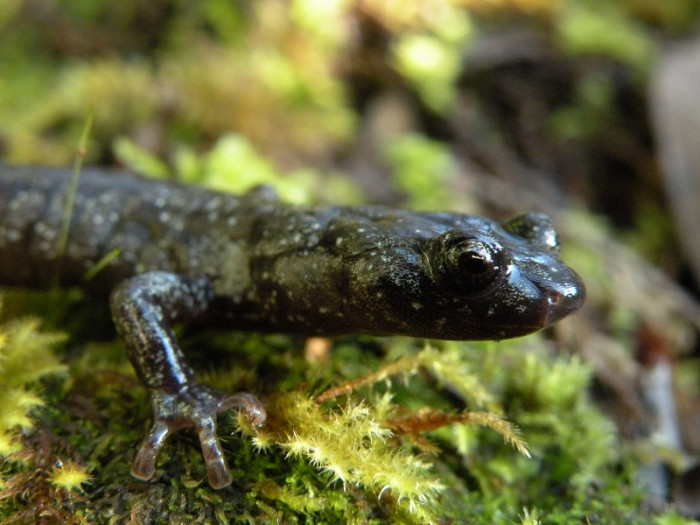
Wandering salamanders—a species endemic to coastal Northern California—seems to love it up there in the canopy. It feeds on microscopic bugs in the humus mats and finds refuge in complex tunnels out of the way of predators. Researchers have found good evidence that many of these wandering salamanders live their entire lives high in the canopy, never touching the ground.

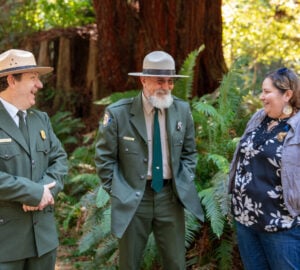
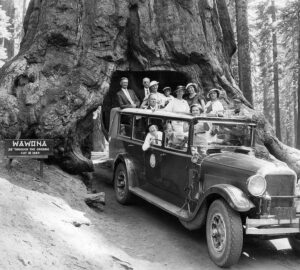
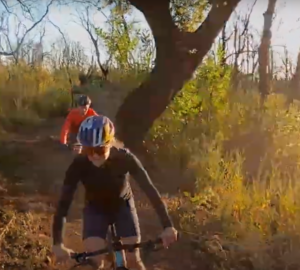
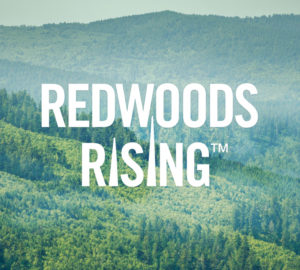
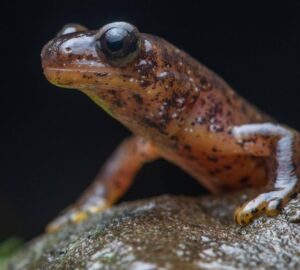
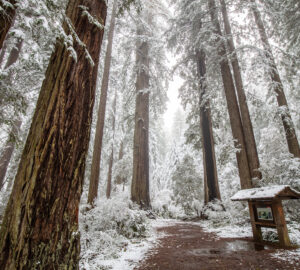
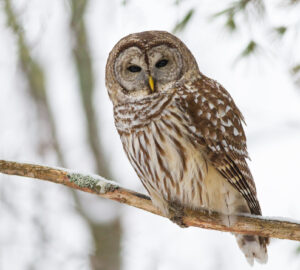
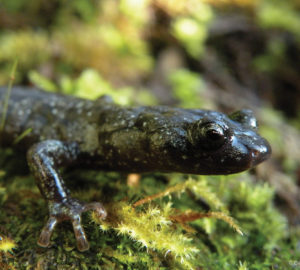
One Response to “Fern mats create entire ecosystems high in the redwood canopy”
Carol Grady MacRae
That’s wonderful! Somehow it never occurred to me that there could be additional ecosystems high up in these glorious trees, but of course it makes sense, and makes it all the more important that we save the redwoods!